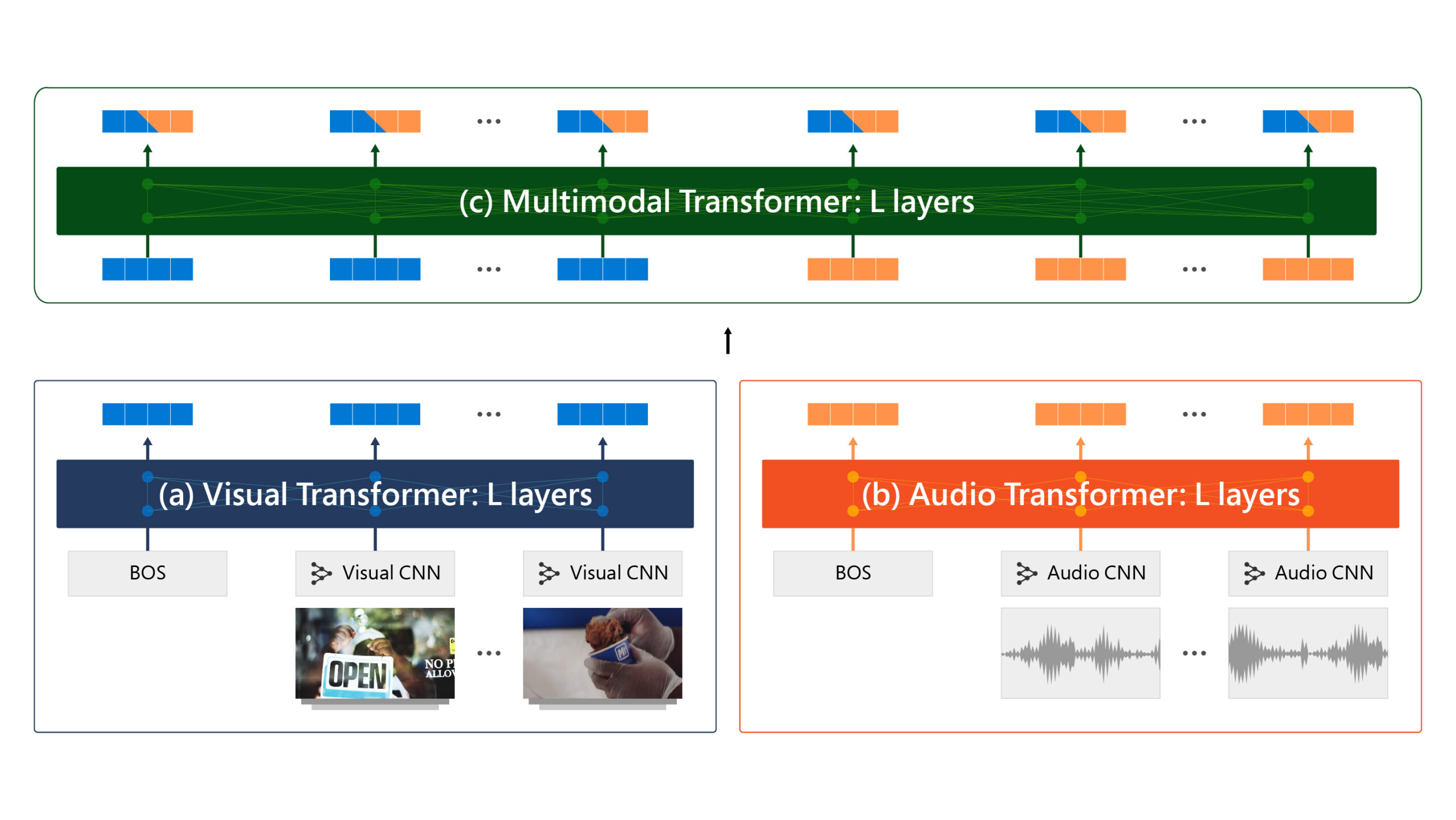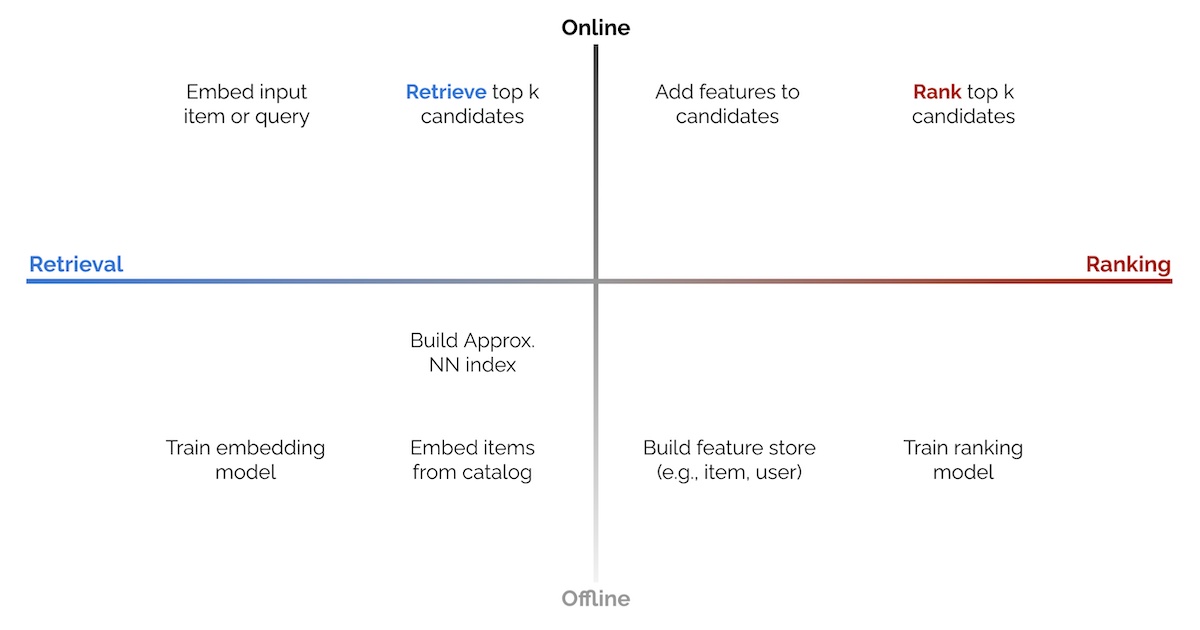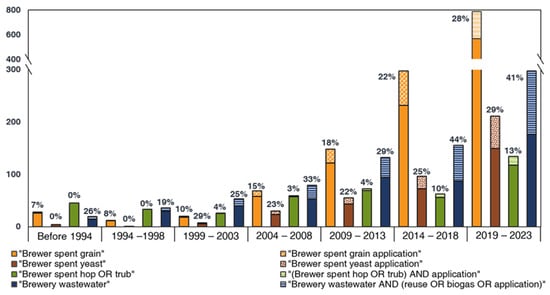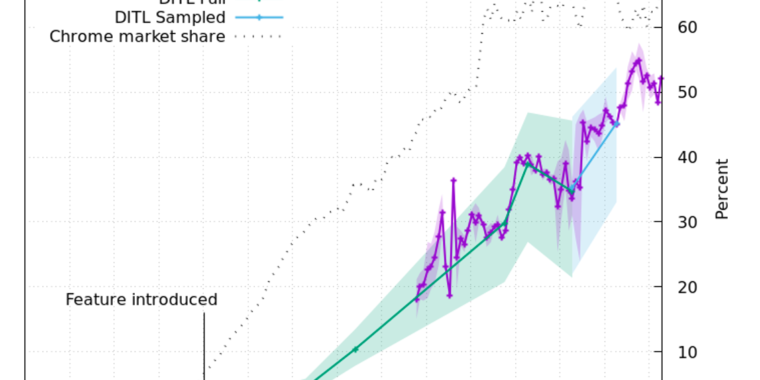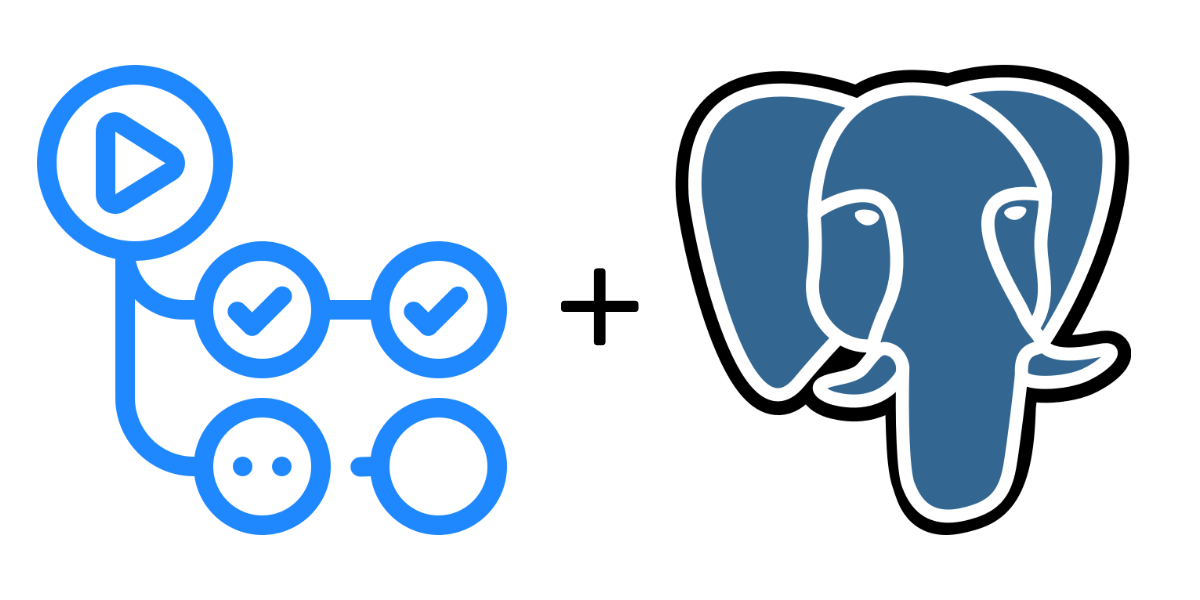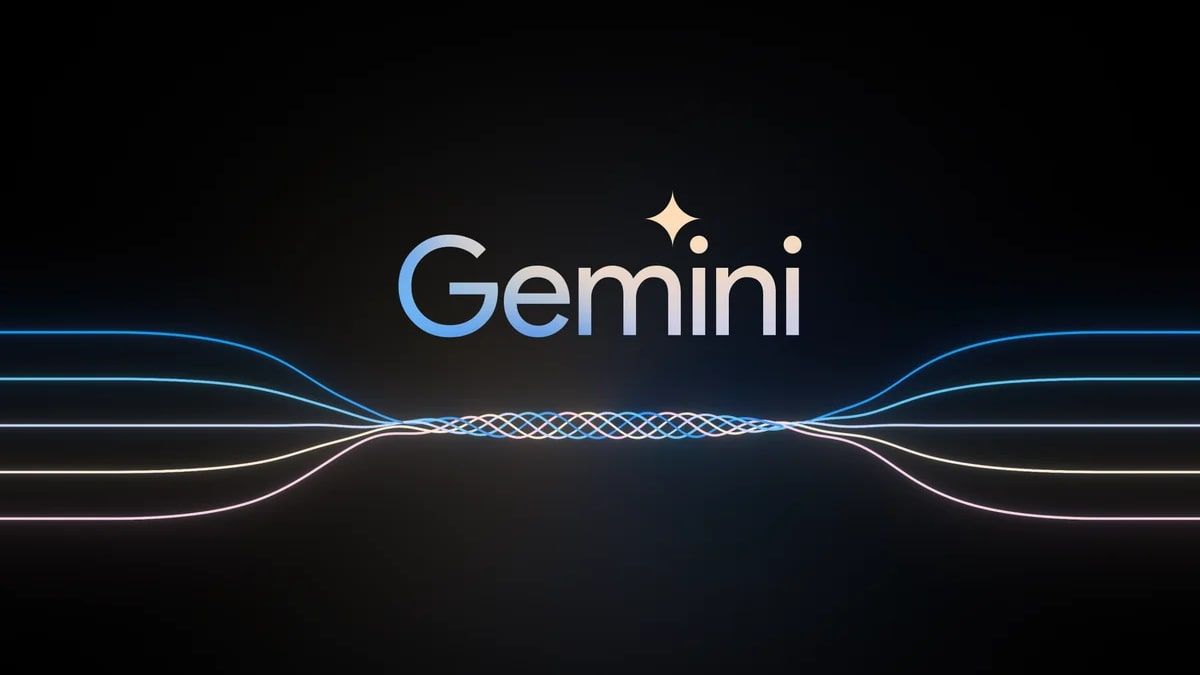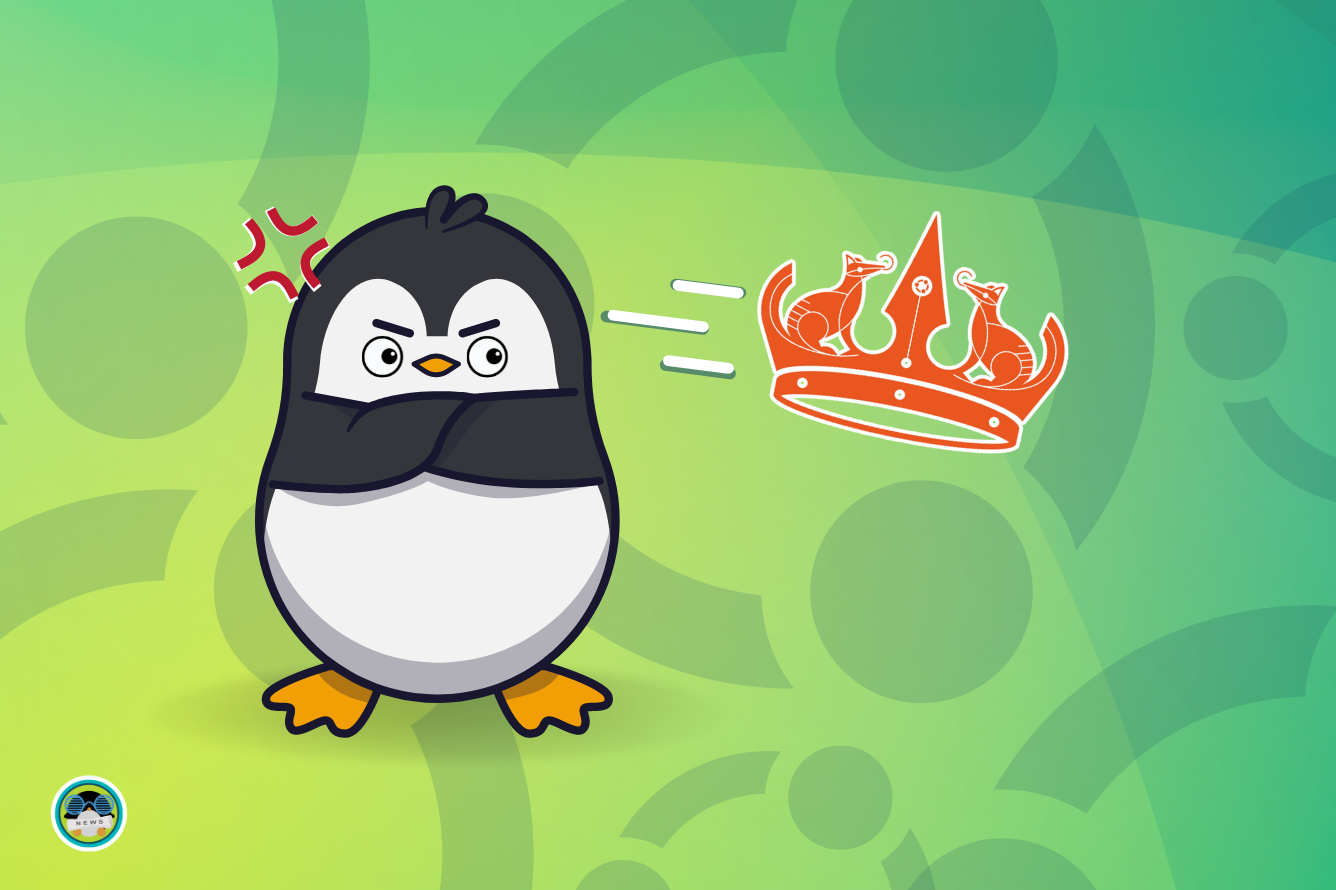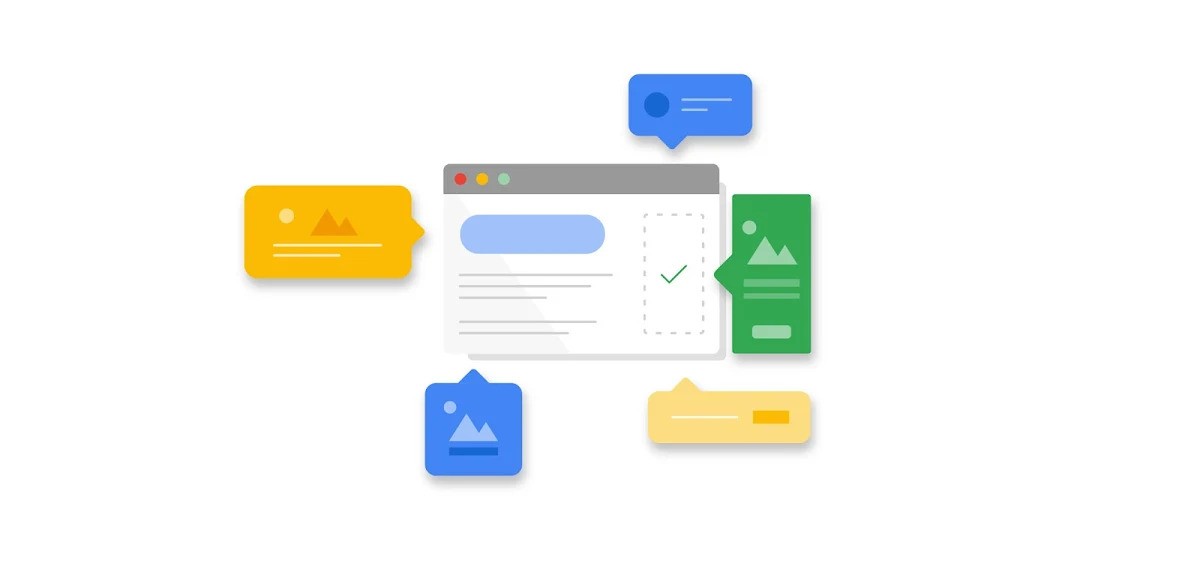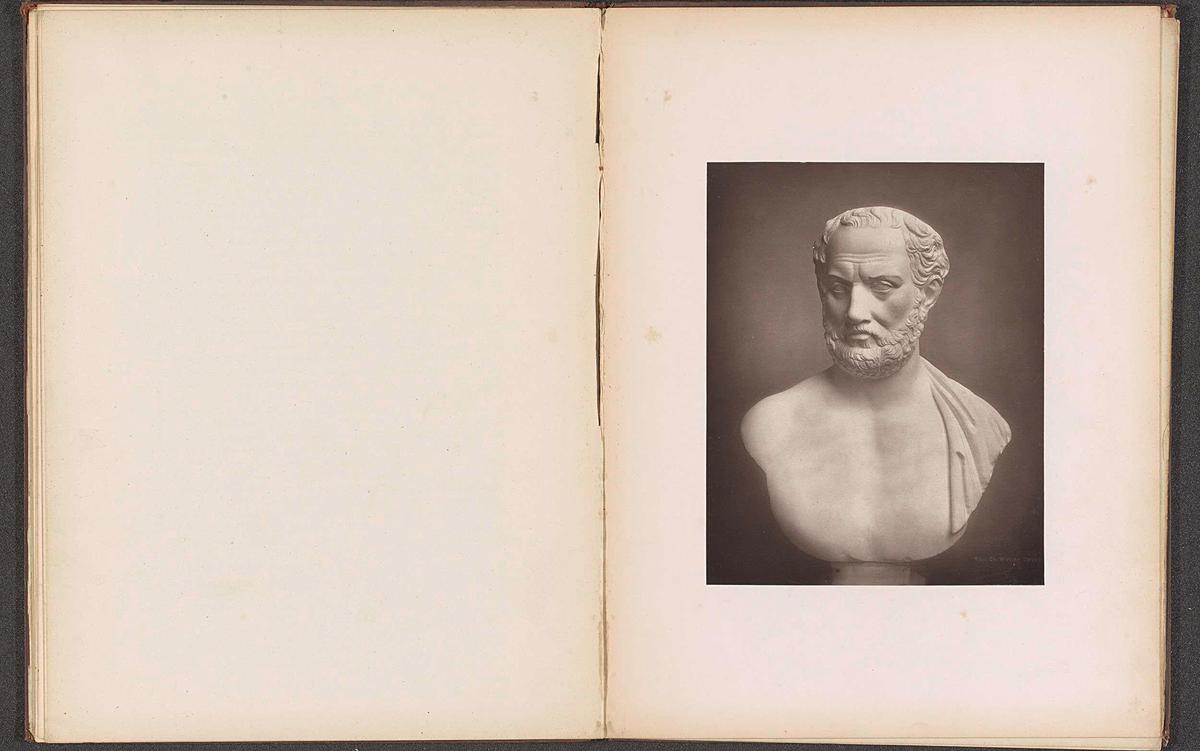Contrastive Representation Learning
May 31, 2021 by Lilian Weng representation-learning long-read language-model
The main idea of contrastive learning is to learn representations such that similar samples stay close to each other, while dissimilar ones are far apart. Contrastive learning can be applied to both supervised and unsupervised data and has been shown to achieve good performance on a variety of vision and language tasks.
The goal of contrastive representation learning is to learn such an embedding space in which similar sample pairs stay close to each other while dissimilar ones are far apart. Contrastive learning can be applied to both supervised and unsupervised settings. When working with unsupervised data, contrastive learning is one of the most powerful approaches in self-supervised learning.
In early versions of loss functions for contrastive learning, only one positive and one negative sample are involved. The trend in recent training objectives is to include multiple positive and negative pairs in one batch.
